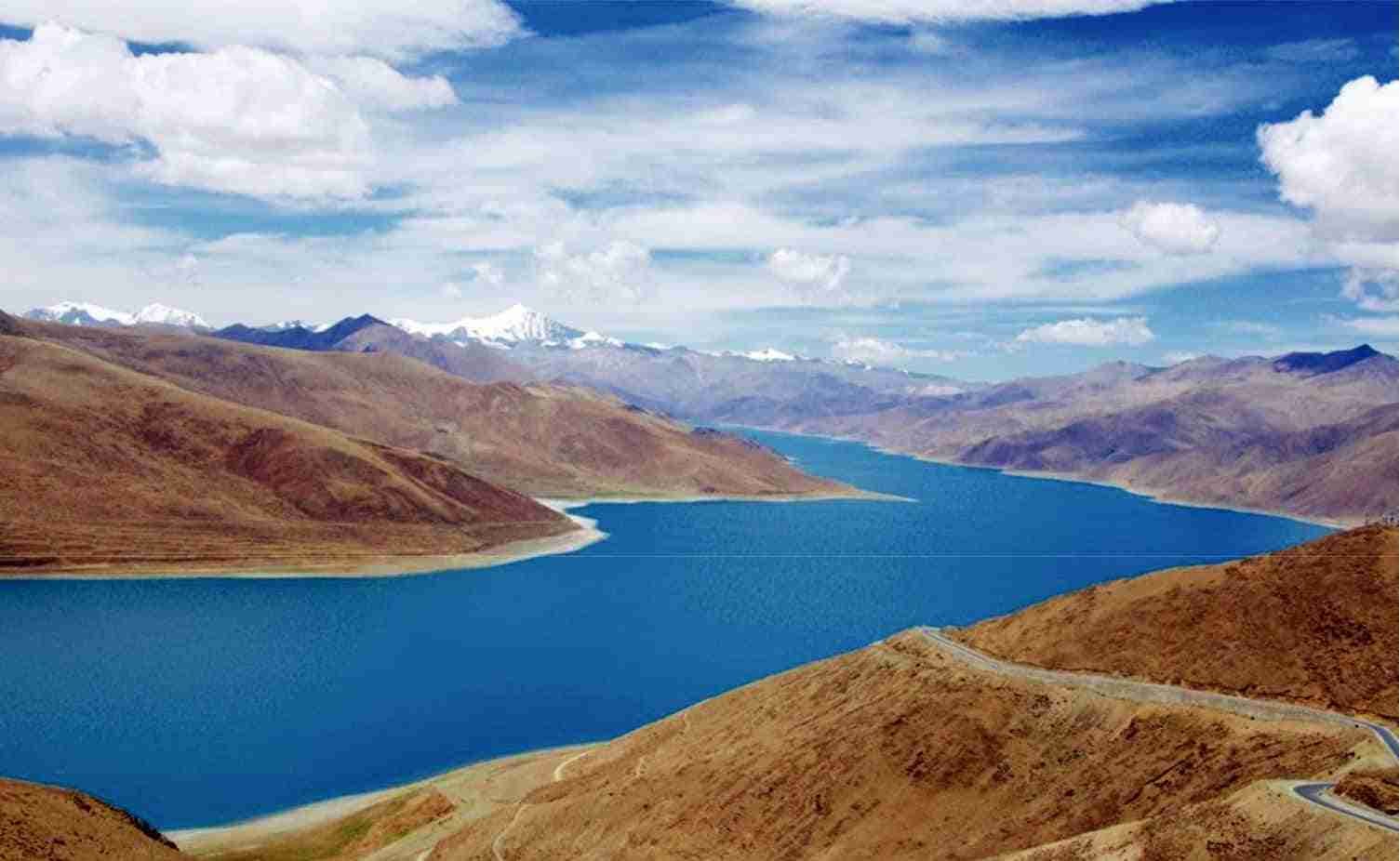The first assumption that a casual observer makes when Tibet is spoken off is that the issue being discussed is a political one. However, when we consider Tibet in environmental terms, it becomes more of an existential issue than a political one. This is an issue which needs desperate attention as Tibet’s environment is the concern of not only the Tibetans but of Asia and the world at large.
Tibet, the third largest reservoir of freshwater on earth, is the source of some of Asia’s most vital rivers: Yangtze, Mekong, Yarlung Tsangpo (Brahmaputra) to name but a few. By Buckley’s estimation, the survival of more than 750 million people in nations downstream — India, Pakistan, Bangladesh, Burma, Laos, Cambodia depend on waters originating in Chinese controlled territory, Tibet. By aggressively damming transboundary rivers and curtailing their flow, China has not only jeopardised Tibet’s fragile ecology, it also has gained some sort of political leverage over the downstream nations.
There had been several reports in past, raising the concern about decline in quantity of water in many of the rivers flowing from Tibet to South Asia and South East Asia which has been a result of decline in the formation of glaciers in Tibet and in the Himalayas. The rivers in Himalayan region had not only been declining but according to recent studies — including several by the Chinese Academy of Sciences — have documented a host of serious environmental challenges to the quantity and quality of Tibet’s freshwater reserves, most of them caused by industrial activities. Deforestation has led to large-scale erosion and siltation. Mining, manufacturing, and other human activities are producing record levels of air and water pollution in Tibet.
Unfortunately, Beijing has never been transparent enough to share hydrological data with the downstream nations. Apart from above mentioned factors, the heavy construction of dams on the various rivers in Tibet Autonomous Region has been the key factor of environmental threat. China has constructed dams on Mekong River, Lhasa River, Yellow River and the Brahmaputra River. Tibet being the highest plateau of the world had always been delicate and it cannot absorb such heavy damming, river water diversion projects, mining and transportation, industrial and other related activities. Such activities may lead to receding glaciers in Tibet and in the Himalayas. Therefore, any distortion in the ecology of Tibet and its delicate river system is likely to affect the global environment.
In 1972, the Chinese Academy of Sciences created the Qinghai-Tibet Plateau Comprehensive Scientific Expedition which in part studied conditions in the Tsangpo- Brahmaputra River basin. The study concluded that 114,000 MW of hydroelectric power generation capacity could be established in the basin, 79,000 MW from the main stem alone. A more in-depth hydrological study began in 1980 which identified 12 sites for dams. Thus, giving a future idea of first major dam to be built on the river Brahmaputra supporting 510 MW power station. Construction began in 2009 and the first generator was commissioned in November 2014. The last became operational on 13 October 2015. In January 2013 China approved three more dams on the river as part of its Twelfth Five Year Plan. Dagu (640 MW) and Jiexu (560 MW) dams will be constructed upstream of Zangmu and the Jiacha dam (320 MW) downstream.
The Mekong is already heavily dammed, with many more dams planned and under construction. China has already built eight hydropower dams on the Mekong mainstream since 1995. As of November 2016, China had five more under construction, and another 11 planned or proposed. The international Lancang-Mekong River navigation improvement plan for 2015- 2025, conceived by China, Myanmar, Lao, and Thailand, aims to the make the river more navigable for 500-tonne cargo ships sailing the river from Yunnan to Luang, a distance of 890 kilometres. China has been the driving force behind the demolition plan as it aims to expand trade in the area with larger cargo ships. The plan is split into two phases. The first phase, from 2015- 2020, involves a survey, a design, and an assessment of the environmental and social impacts of the project. These have to be approved by the four countries involved, China, Laos, Myanmar, Thailand. The second phase (2020-2025) involves navigational improvements from Simao in China to 243 border posts in China and Myanmar, a distance of 259 km.

China’s decision to dam all the major rivers originating on the Tibetan plateau has invited strong reactions in various Asian capitals from Islamabad to Hanoi. China has also drawn strong opposition from 263 international nongovernmental organisations (NGOs) for its effort to construct dams on the Mekong River.
Tibet’s water resources is said to have become an increasingly crucial strategic political and cultural element that the Chinese are intent on managing and controlling. But how long that frozen reservoir will last is in doubt. In attempting to solve its own water problems, China could potentially create widespread water shortages among its neighbours. The IPCC warned a year ago that the glaciers in the world’s highest mountain range could vanish within three decades. “Glaciers in the Himalayas are receding faster than in any other part of the world and, if the present rate continues, the likelihood of them disappearing by the year 2035 and perhaps sooner is very high if the earth keeps getting warmer at the current rate,” the report said.
China has not yet signed the 1997 UN Convention on the Law of the Non- Navigational Uses of International Waterways and it continues to carry its destruction of environment in the name of development at the cost of livelihood of nearly 2 billion people living in Afghanistan, the Ganga- Brahmaputra-Meghana basin and the Mekong basin countries including Laos, Cambodia, Thailand and Vietnam. The world should stand up and take notice. Our future is at stake.
The author is a Research Fellow at India Foundation.

